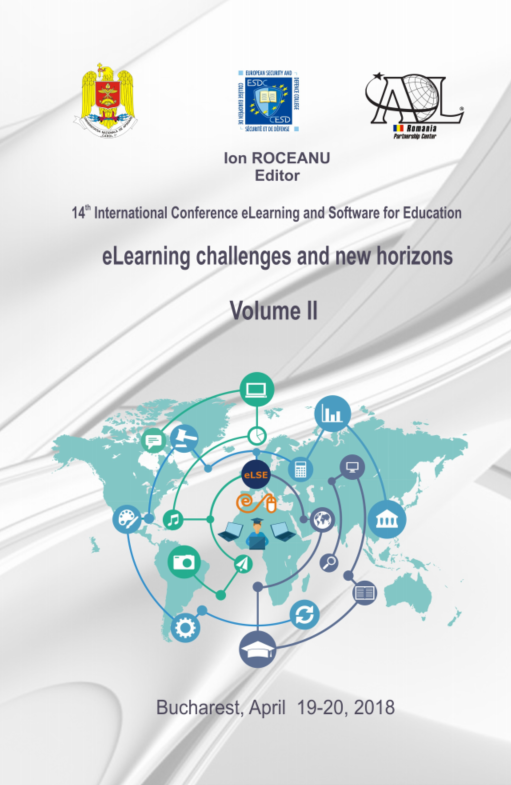Using Ambient Intelligence in Healthcare: Case Studies and Scenarios and Employing e-Training in Healthcare
Using Ambient Intelligence in Healthcare: Case Studies and Scenarios and Employing e-Training in Healthcare
Author(s): Feras Sameer Alhaijawy, Adina Magda FloreaSubject(s): Social Sciences, Education
Published by: Carol I National Defence University Publishing House
Keywords: E-Training; Ambient Intelligence; Healthcare; Sensor; Smart Environment; Disabled People Life Quality;
Summary/Abstract: While there is a progress in different sciences, researchers in machine learning working to make the people life more comfortable by interpreting this progress in various life sphere, they introduced new field called Ambient Intelligence (AmI). The main idea behind AmI is to enroll technology in every aspect of our lives to interact with societies in a smooth manner and improves the quality of our lives. During the last two decades, Ambient Intelligence evolved fast toward suitable developing real-life solutions, causing mass evolutions in every aspect of life as learning, transportation, manufacturing, healthcare, etc. The paper constrained on the healthcare domain due to its exciting paradigm. In this paradigm, the digital environments will not only interact with human events through sensing and interpreting, but it will also learn and adapt actions to the inhabitant needs, gestures, habits, and emotions. This paper summarizes the requirements to achieve the vision of Ambient Intelligence in healthcare. The paper will analyze and compare some previous case studies and scenarios in the Ambient Intelligence area. Finally, the paper proposes a scenario that focuses on the slice of elderly and disabled people those who are physically disabled and have neurological problems to help them to enhance the facilities of using Ambient Intelligence technologies in healthcare and an associated architecture and support them to interact with the community. The paper proposes an architecture that converts the user’s home to look like smart-homes because of the scattered sensors and devices in it and connecting them all together with some sensors on the user’s body besides providing the user with giraff-robot with a screen with different tasks. Some of the giraff-robot responsibilities are to do some actions according to the sensed data, and to work as an online trainer by displaying videos or displaying an avatar tells the user how to do it. The paper tries to present the benefit of using the AmI and the advantage of E-learning -by providing the online training- to ease the life of this slice of people. The architecture tries to respond to the requirements needed by the user those identified during our work.
Journal: Conference proceedings of »eLearning and Software for Education« (eLSE)
- Issue Year: 14/2018
- Issue No: 02
- Page Range: 167-173
- Page Count: 7
- Language: English

